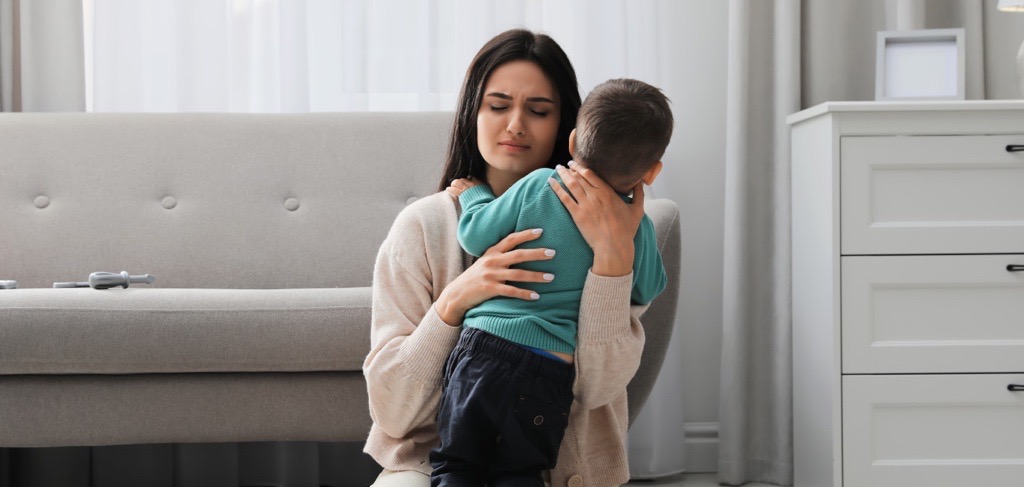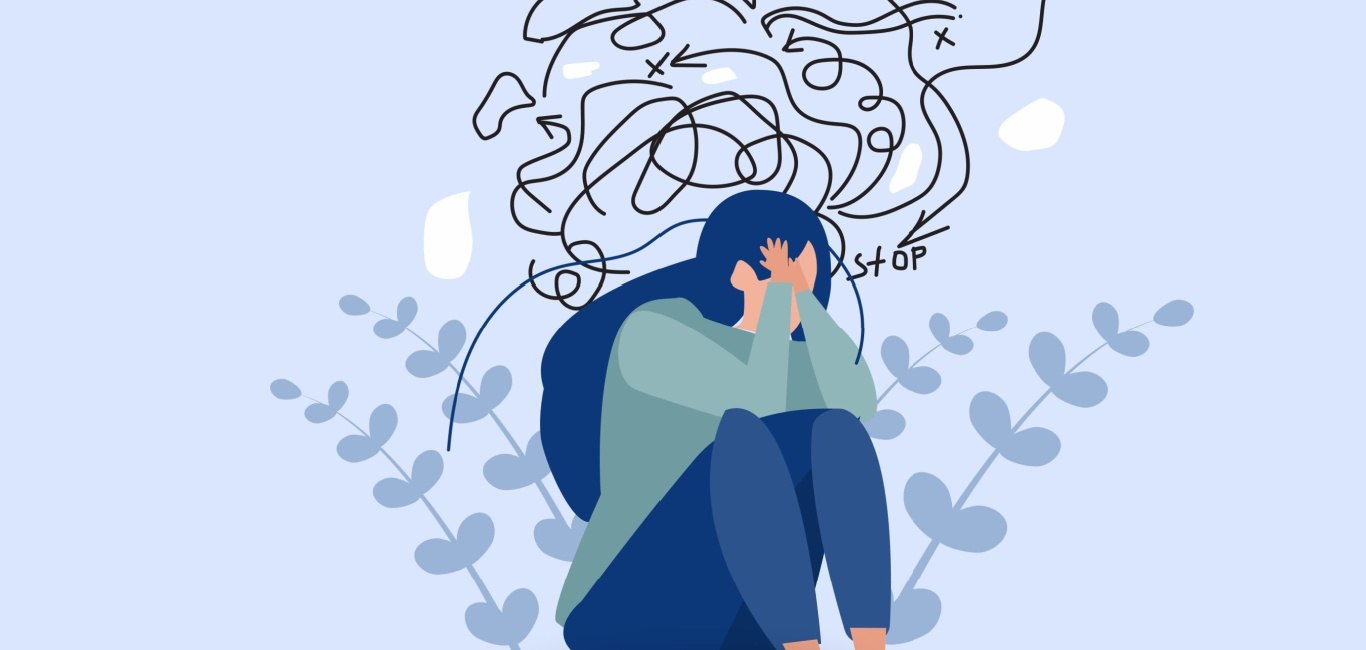
Individuals who have suffered childhood trauma can bear its lasting effect on their life. It can disrupt their mental, emotional, and physical well-being.
Manan Kaddari, 26, from Hubli knows this all too well. At the age of 13, he lost his grandparents led him to develop a deep-seated fear of abandonment. Kaddari has since struggled with this fear as it interfered with his other relationships.
“From abuse and accidents to the loss of a loved one or exposure to violence, these intense experiences can leave a lasting impact” on some people, says Pamela Garber, a therapist from New York.
Prevalence of childhood trauma
SAMHSA, the Substance Abuse and Mental Health Service Administration in the US, reports that more than two-thirds of children have experienced at least one traumatic event by the age of 16.
India is no exception to this. According to a 2018 study published in the National Library of Medicine by researcher Vinod Paul, around 50 per cent of Indian children have experienced some form of abuse or neglect. In the sample studied, physical abuse was the most common type of abuse, followed by emotional abuse and neglect, according to the study.
A report published in 2019 by the National Commission for Protection of Child Rights (NCPCR) stated that over 53,000 cases of child abuse were recorded in India in 2018, the highest number of cases reported in the state of Uttar Pradesh. Occurrences of events causing trauma during a child’s upbringing are common, and they can have detrimental effects on the child’s all-round development.
How it differs from adult trauma
Garber highlights a distinguishing factor between the effects of trauma on adults and children. While adults may experience temporary changes in their behaviour and beliefs after a traumatic event, they can revert to their previous ways eventually.
However, children who experience trauma are more likely to have long-term changes in the way they perceive the world and interact with others, which may significantly affect their personality development.
Physical, emotional and psychological health
Childhood trauma can have a ripple effect on a child’s physical, psychological, and social well-being, as highlighted in a 2013 study that researcher Claire Gregorowski published in the National Library of Medicine. The consequences are best understood when looking at all three aspects as a single combined category. Each facet influences the others.
The physical health of a child can be affected by an ongoing stress of nervousness and fear caused by trauma. “Other intense emotions, such as anger and sorrow, chip away at the child’s physical immunity, making the child susceptible to medical illnesses,” says Garber.
If the child’s environment cannot provide ample nourishment, sleep and peace, then that child is at risk for health problems. “Emotionally, such children may experience mood swings, feelings of neglect and abandonment. Psychologically, they may develop low self-esteem and may experience feelings of disconnection or disassociation,” says Jasneet Kaur Datta, child psychologist and early childhood educator from New Delhi.
Understanding the effect of trauma
“Trauma in children may go unrecognised due to their [the children’s] innate positivity. But repressed trauma can plant seeds of night terrors, PTSD [post-trauma stress disorder,] anxiety and a sense of helplessness as they become adults,” says Nivedita Prasad, counsellor and special educator for differentially abled children, Delhi. She says it is essential for adults to quickly recognise and act on the effects of trauma since children may not fully understand its complexity and severity, which can lead to negative outcomes.
Bengaluru-based Lalita Kumari, 38, was alarmed when she noticed changes in her 10-year-old daughter’s behaviour. She says, “My extrovert child started shying away from people, avoiding interaction whenever my husband and I attempted to engage her in a conversation.”
Kumari recollects that her daughter’s academic performance and demeanour changed for the worse. She spoke with her daughter’s friends and teachers and discovered that the child was being bullied by her classmates. Kumari acted quickly, shifting the child’s classes and getting her counselled. Her daughter, she says, is back to being her good old self. Deep wounds not addressed in childhood become a part of their personality when they become adults, says Datta.
Navigating trauma with the help of caregivers and loved ones
Datta and Garber provide insights to ways in which caregivers, parents, and loved ones can alleviate the effects of a child’s traumatic experiences.
- Creating a stable and secure environment is essential for reducing trauma in children. This involves establishing a predictable home environment that promotes emotional well-being. It encourages children to express their feelings.
- Using a validation-based approach, which acknowledges the child’s experience while providing hope and empathy.
- Establishing a relationship with affected children can lead to an understanding of their struggles.
- Giving time and unconditional love to the child can help them to heal.
- Empathise with them to tell them it is valid and all right to feel whatever they are feeling.
- Do not expect perfectionism or criticise the child in a derogatory manner; it can demoralise the child.
An important factor to look out for
“Seemingly small things like criticising appearance, eating habits, or grades can instil negative feelings in a child, leading to anxiety, [struggle for] perfectionism, and a people-pleasing behaviour,” says Prasad. Approaching the situation from the child’s perspective, rather than blaming them is important. Along with making the child feel free and comfortable, Prasad stresses the importance of seeking professional help if needed. Along with making the child feel free and comfortable.

















